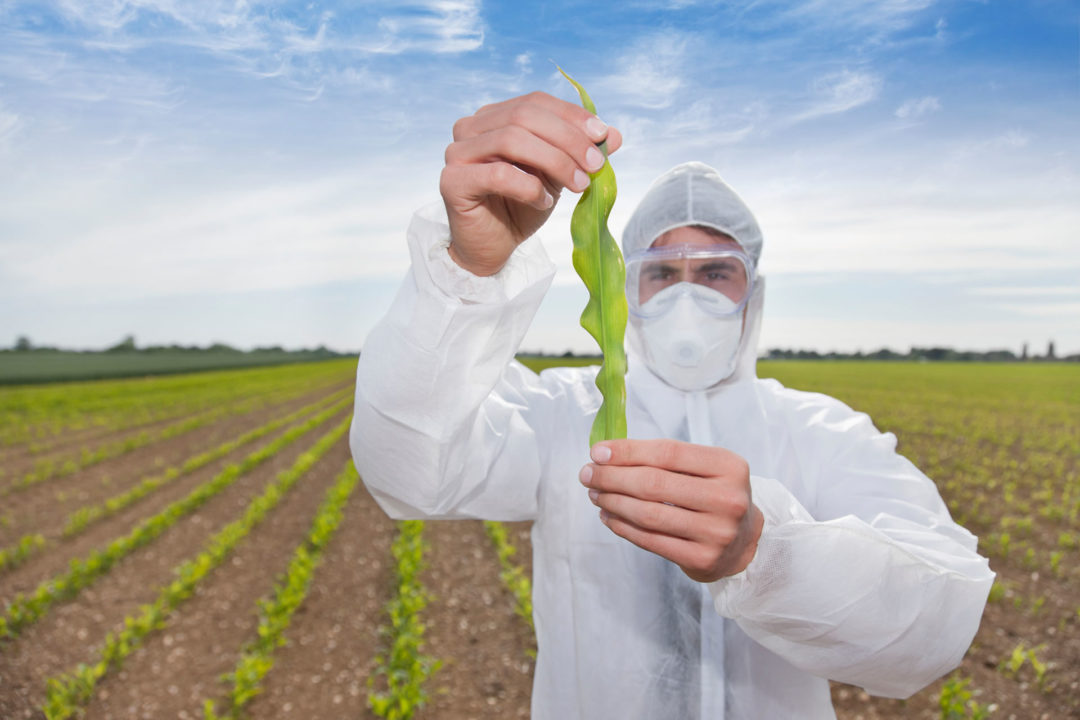While a cursory look at the bill might appear to be a win for Americans who support clear and meaningful mandatory labeling of GMOs in food, many pro-labeling supporters feel that the signing of this bill is a slap in the face, dubbing the controversial S.764, the DARK (Denying Americans the Right to Know) Act. At the end of the day, there’s a lot to this bill and a lot of it is confusing.
So, is the bill a win for Americans?
Losing Ground: Supporters of Vermont Act 120Anyone who fought hard to have mandatory GMO labeling laws on the books, like that of Vermont, will be disappointed. This new law preempts them. While the impetus of avoiding “patchwork legislation” across the country may have made sense, the new law is very far removed from what the state laws tried to accomplish.
One big problem is that the bill defines bioengineering pretty narrowly, and some (including the U.S. Food and Drug Administration) say it will be tough for most GM foods to even qualify as bioengineered. For instance, according to The Non-GMO Project, “oil made from GE soy would not have any genetic material in it. Likewise, starches and purified proteins would not be covered.”
That’s a far cry from the honest and informative labeling so many U.S. shoppers wanted to see.
Non-TechiesThe winner’s circle also doesn’t include anyone who lacks a smartphone with a data plan, or people who don’t want to use their plan to access labeling information. That’s because the bill allows companies to share information about their ingredients via a QR code or a phone number on packaging rather than stating it outright on the label.
And then there’s the issue of using QR codes. Anyone who has tried to use them in the past can attest to the fact that it’s not an exact science; a shaky hand, glare on the code, wrinkle in the packaging or a printing inconsistency may render them unusable. That doesn’t even address the issue that they’re not super convenient, and many people—non-techies and techies alike—choose not to download QR reader apps.
To me, this is not a reasonable form of communication to the masses, and leaves many folks out in the cold who want to access information about GMOs before buying a product.
Busy PeopleAnyone who doesn’t have extra time to spend grocery shopping is also striking out. My hand is raised here. When I’m shopping, I often have one, two or three children in tow. It’s enough of a family circus to bag my groceries let alone stop in an aisle to whip out my phone and make a call about the GM status of my food. It’s just not happening in the world of most busy moms!

Non-CertifiersGiven how difficult this law could make it for anyone looking to make a buying decision based on GMOs, I think those that don’t use a clear symbol on their packaging will be at a loss. Symbols like the butterfly indicating a food is Non-GMO Project Verified will stand out even more in the muddy waters that this law creates. Seals will serve as beacons to those who want to avoid GMOs without a lot of hassle.WF
Published in WholeFoods Magazine, September 2016










